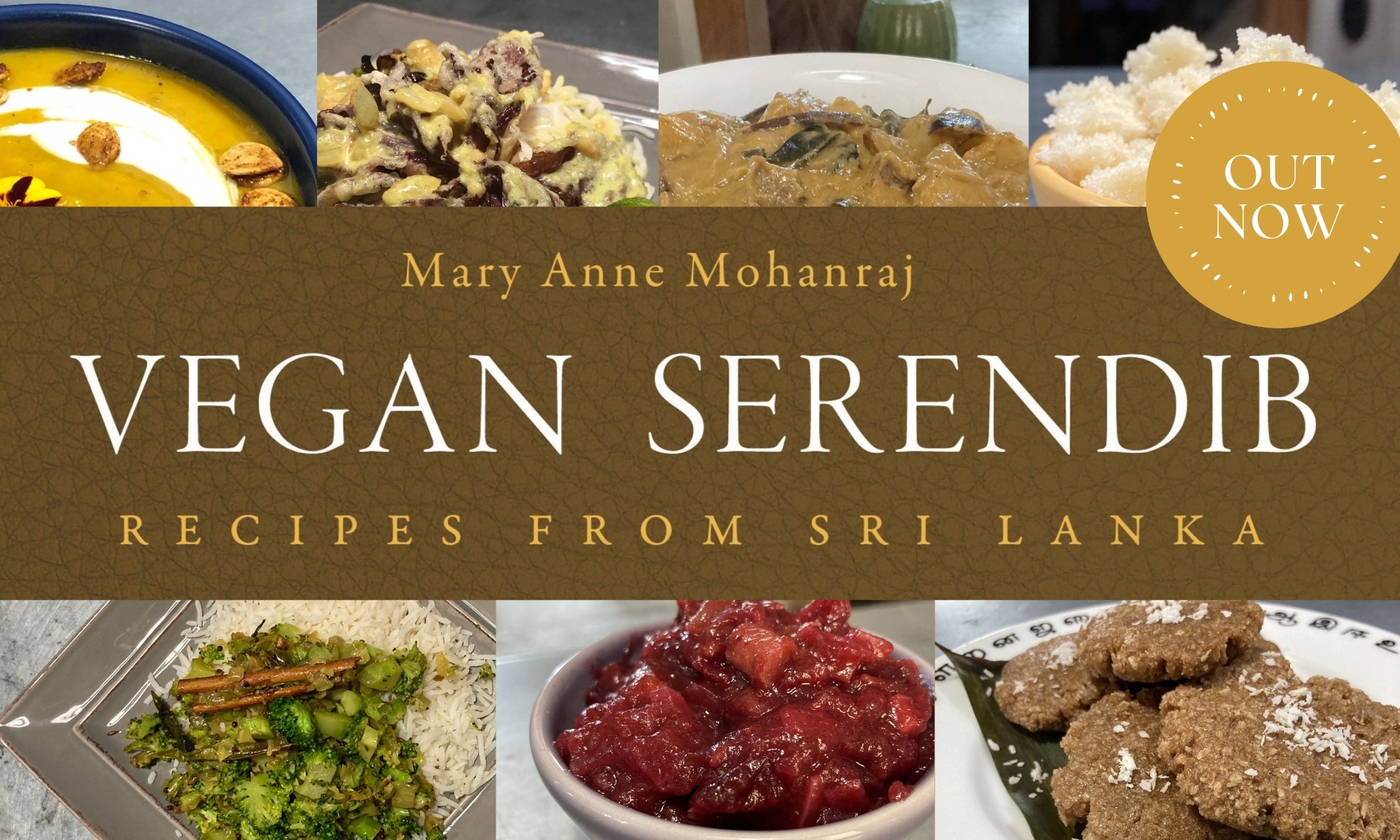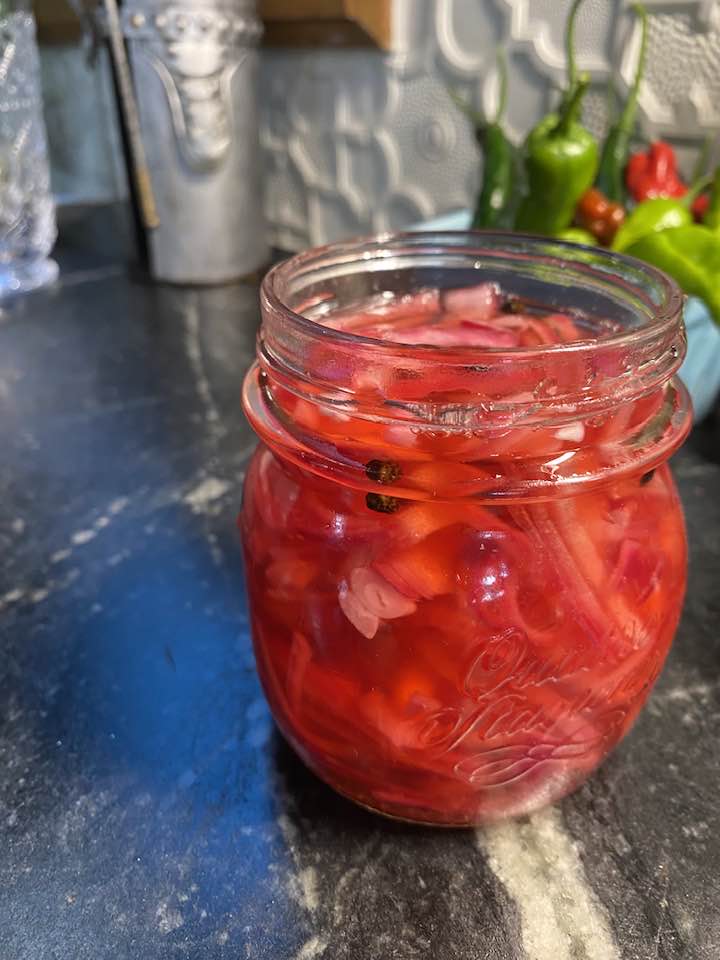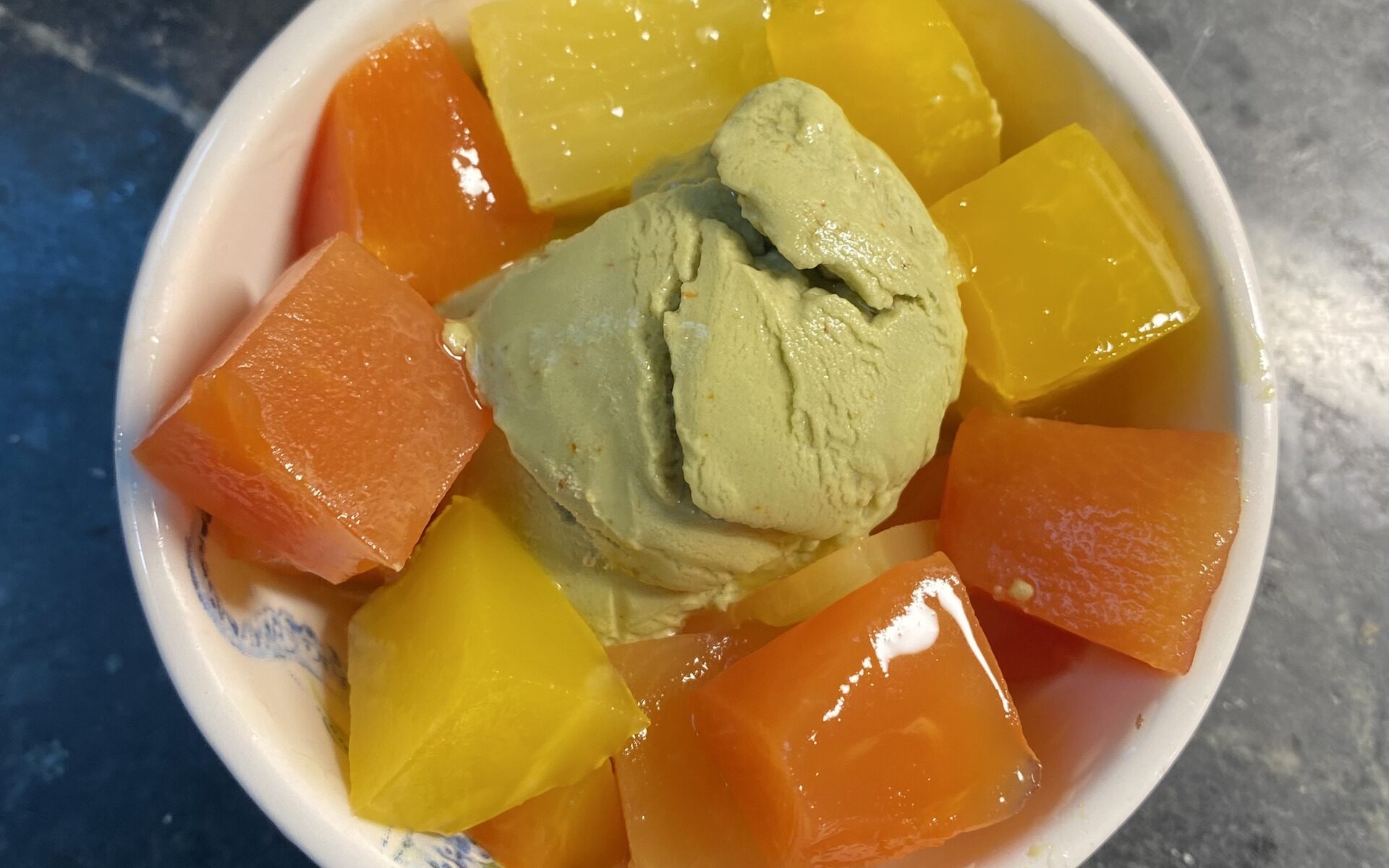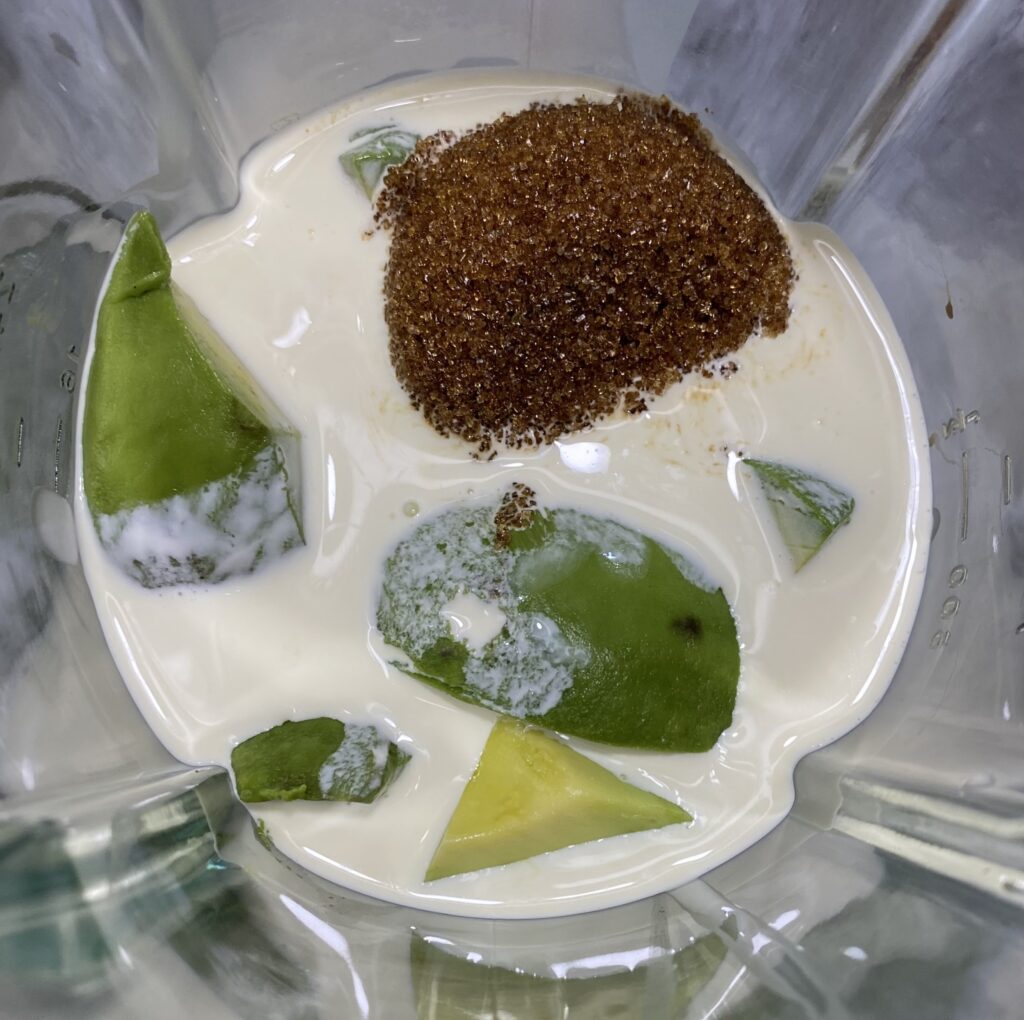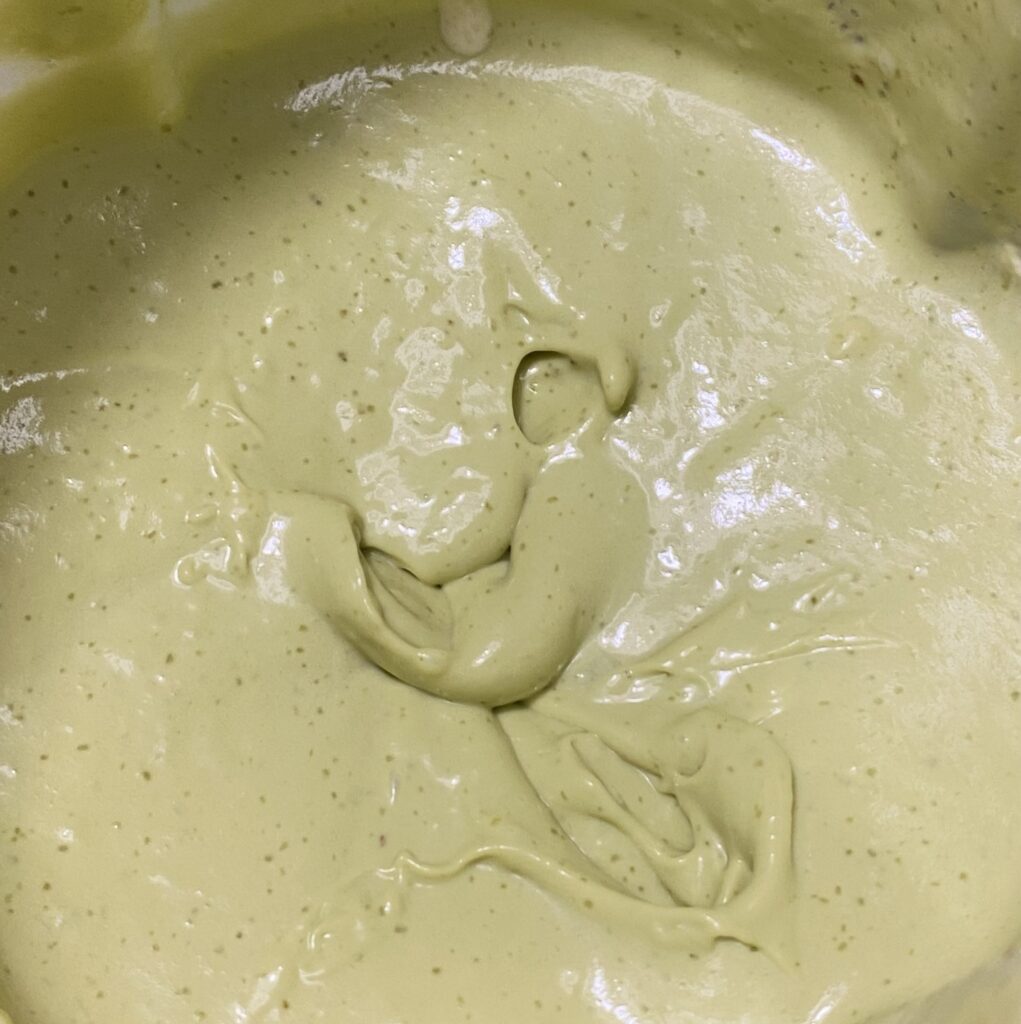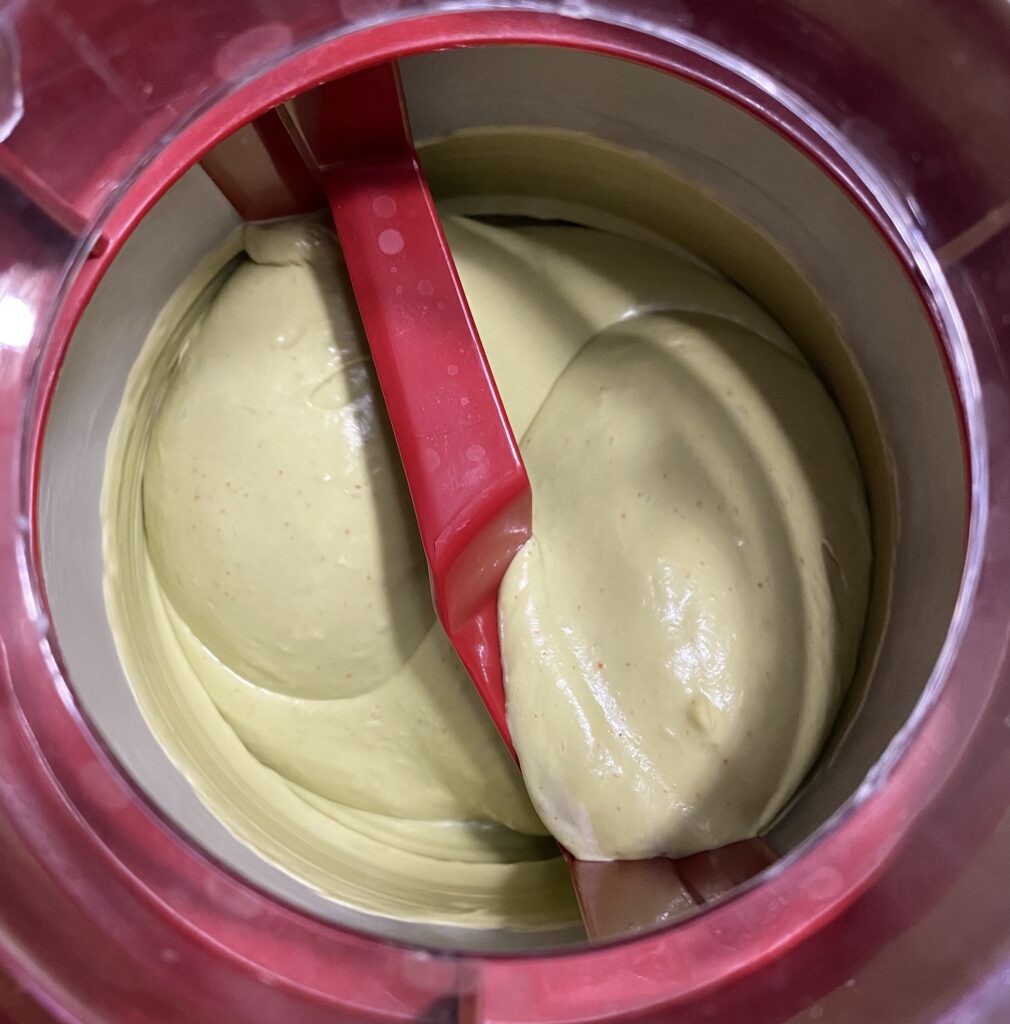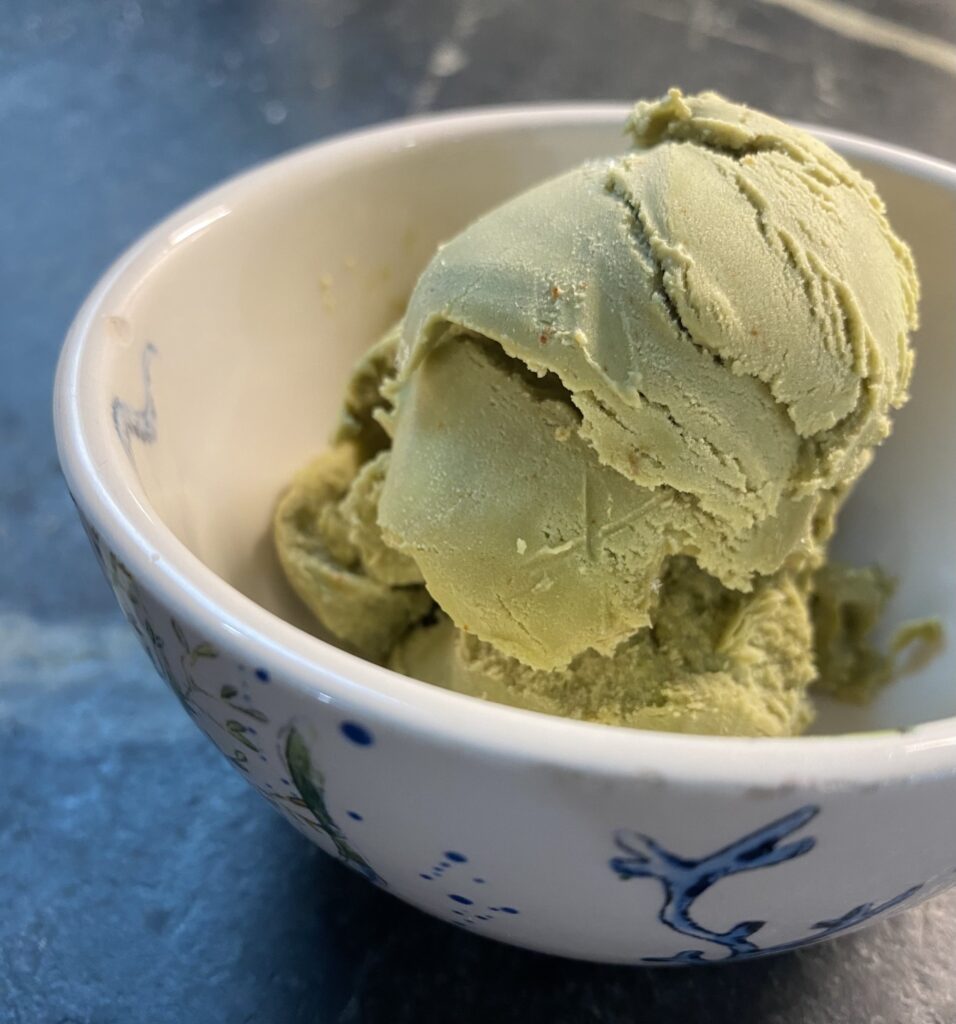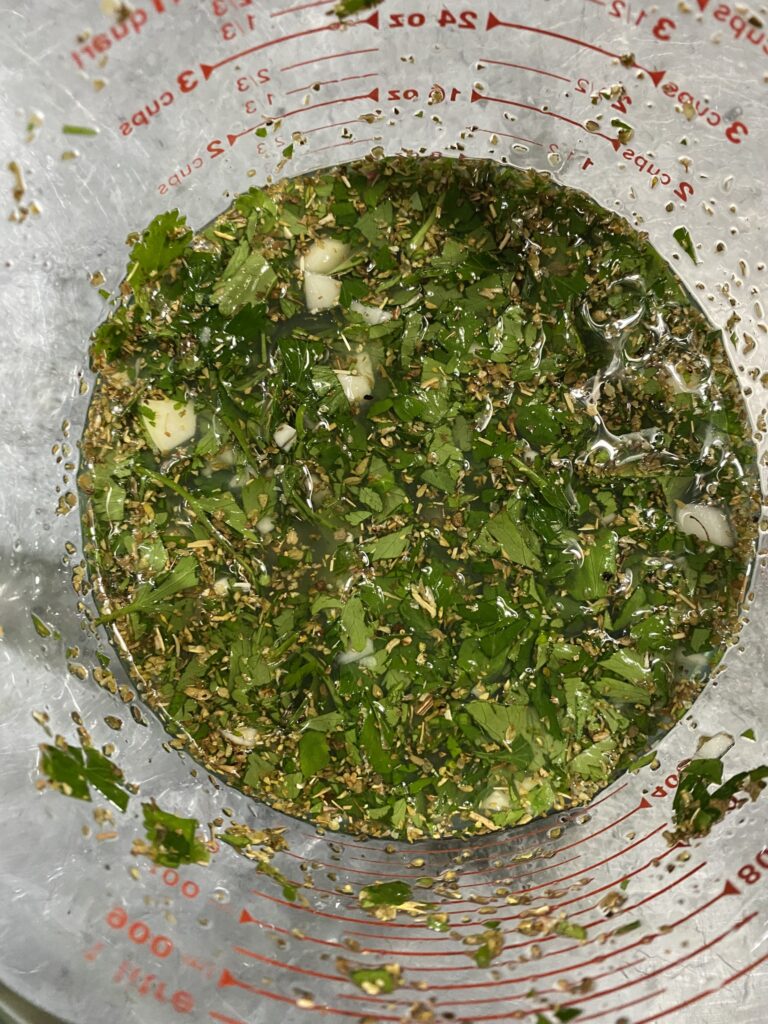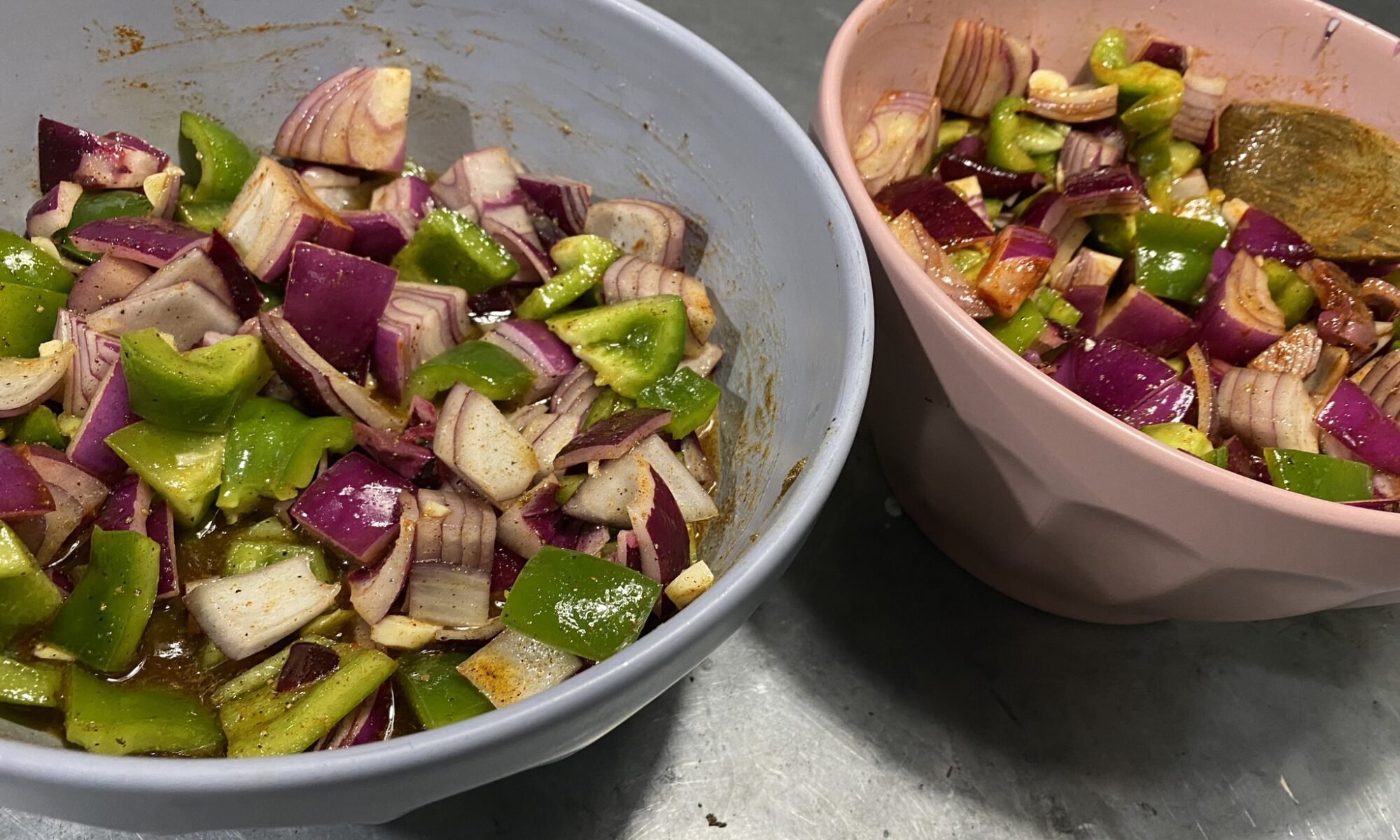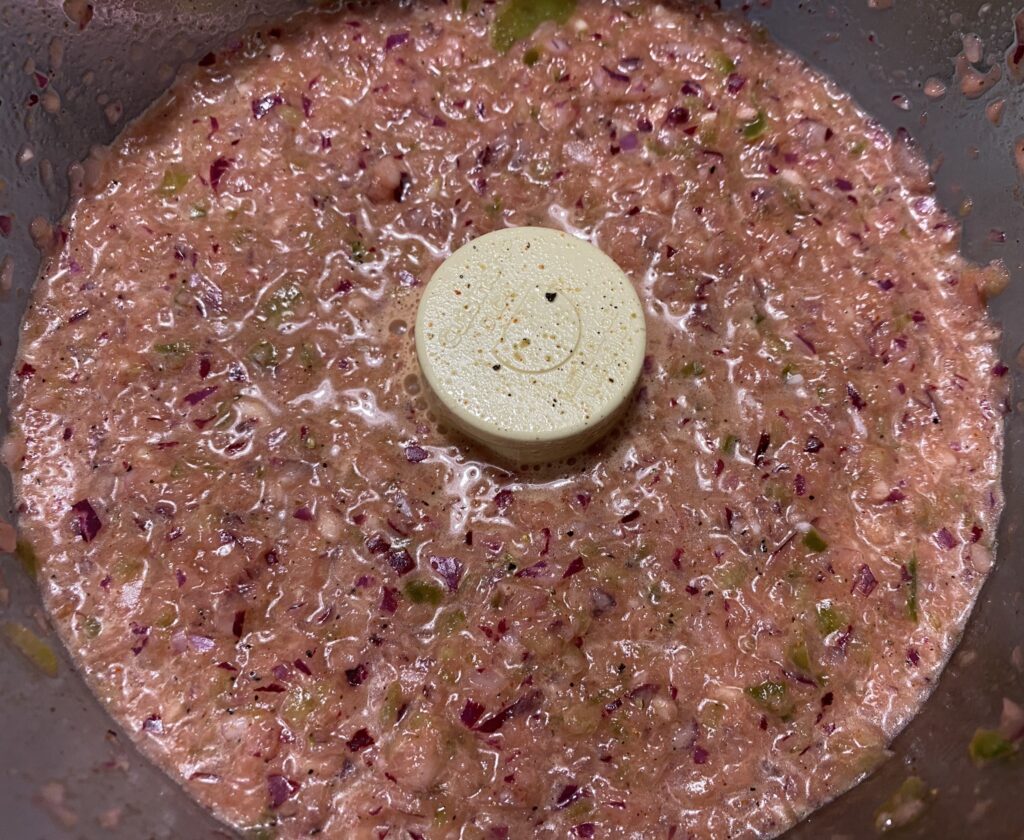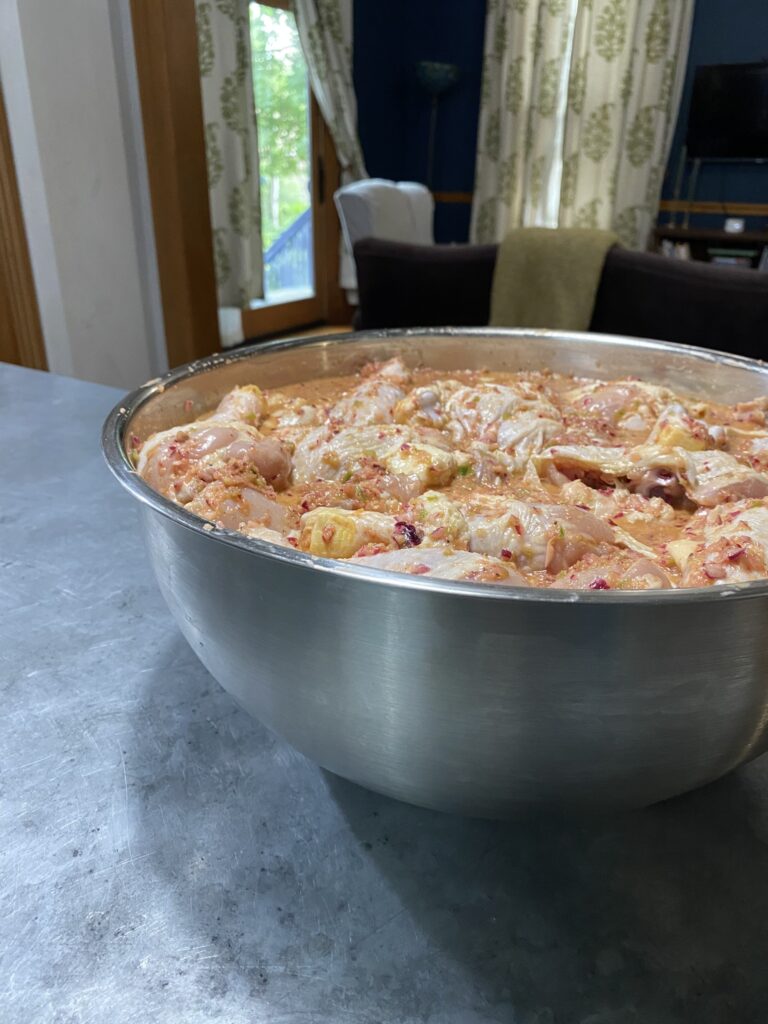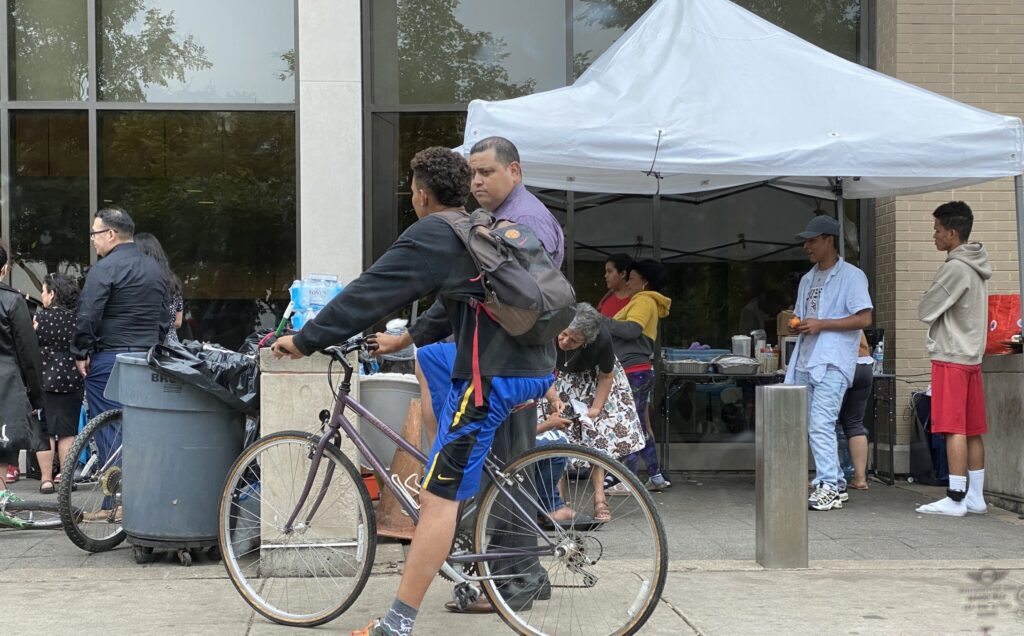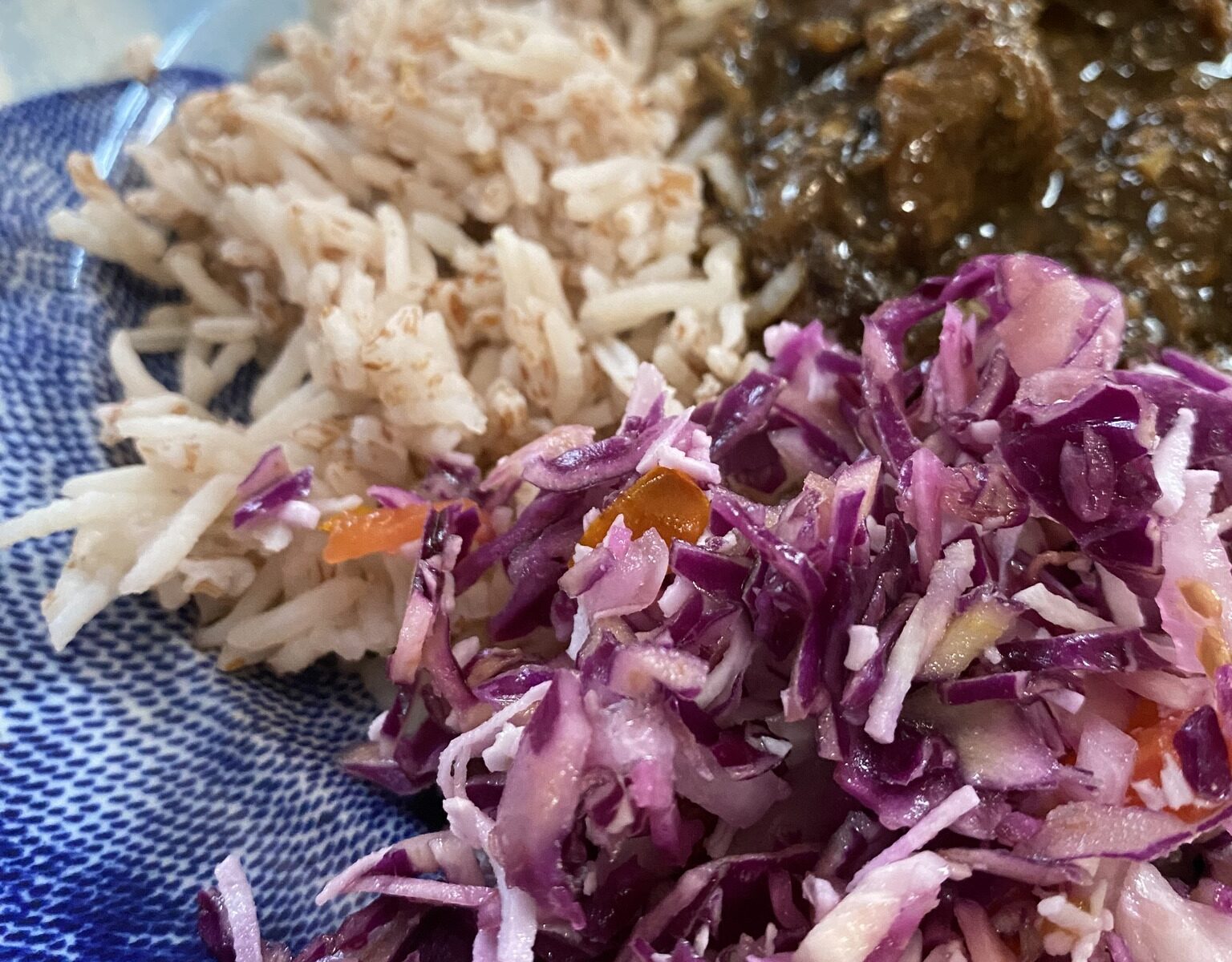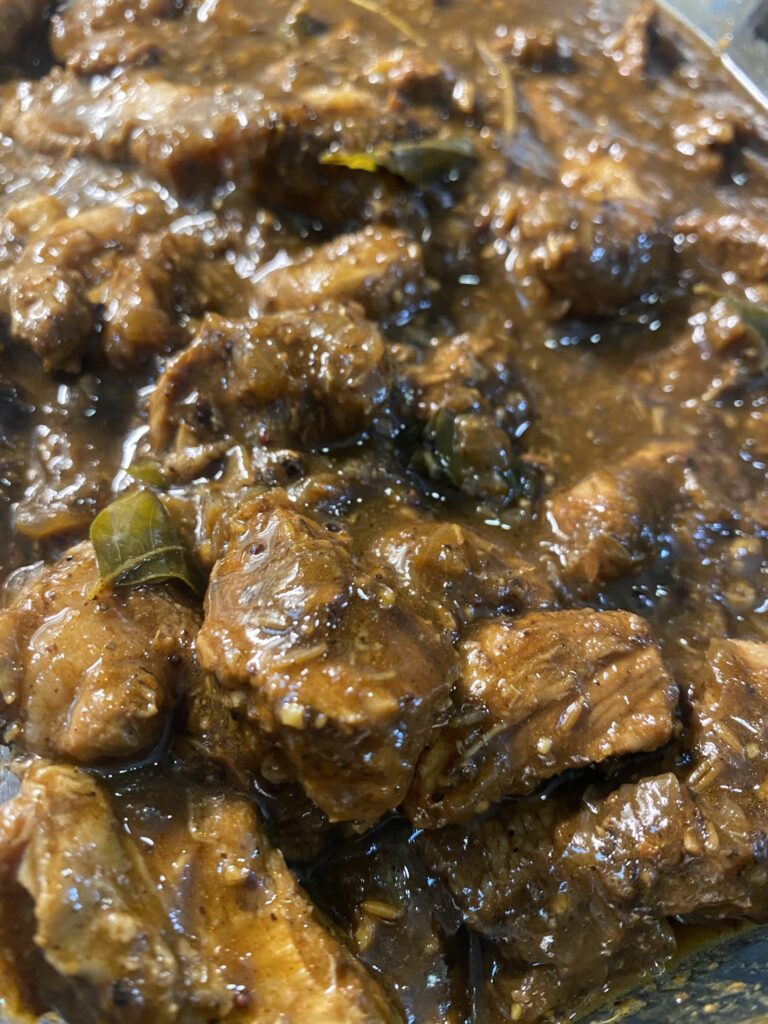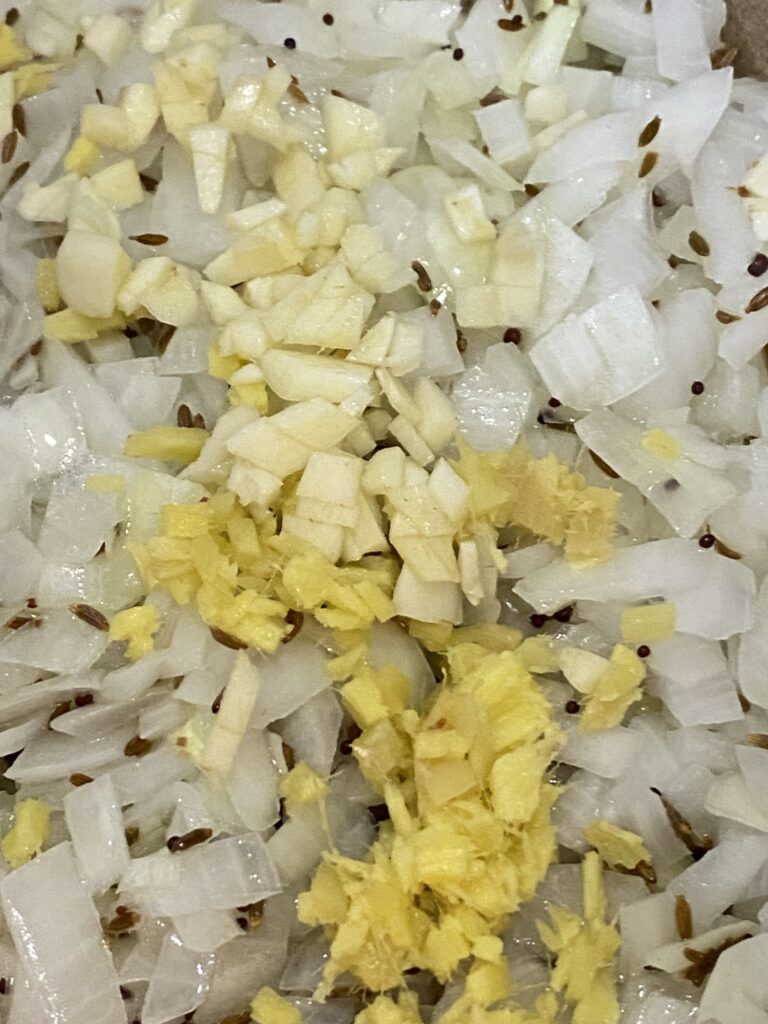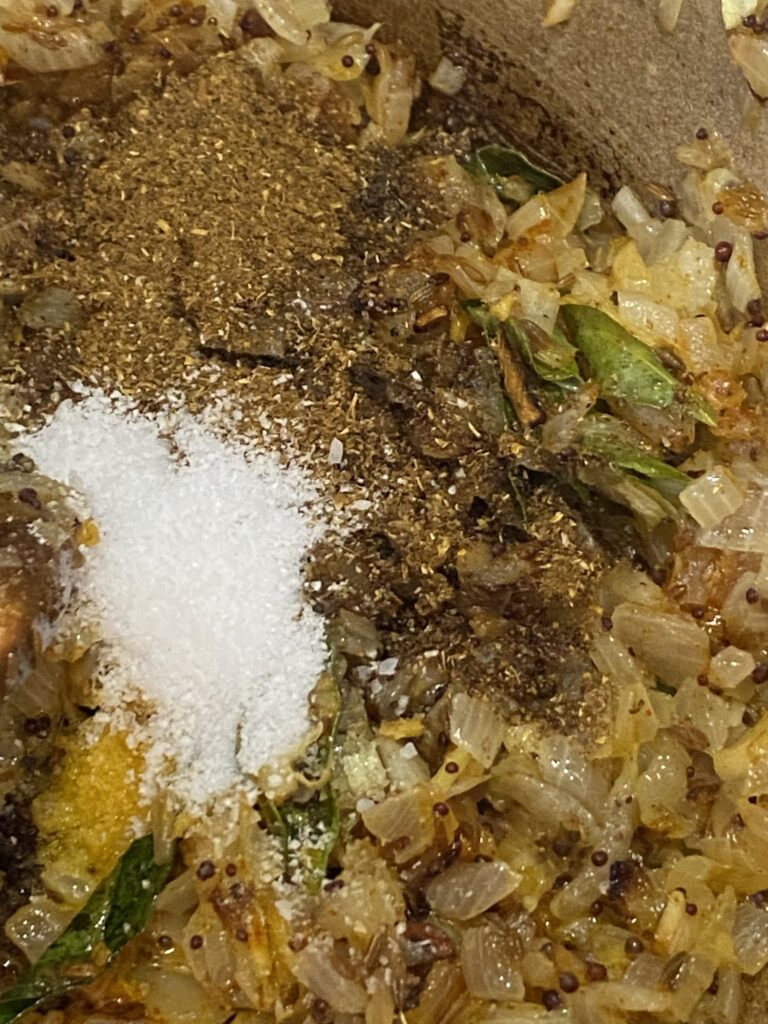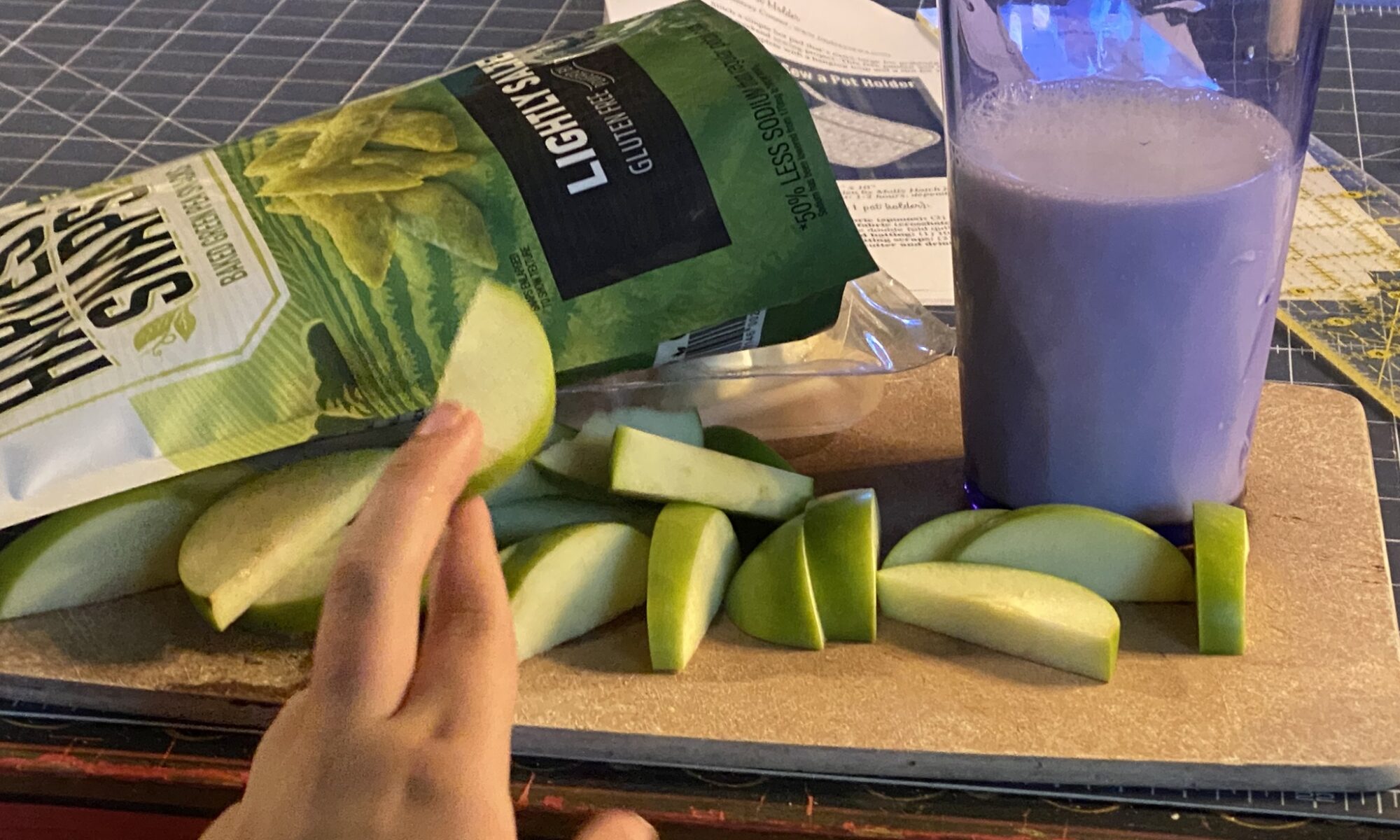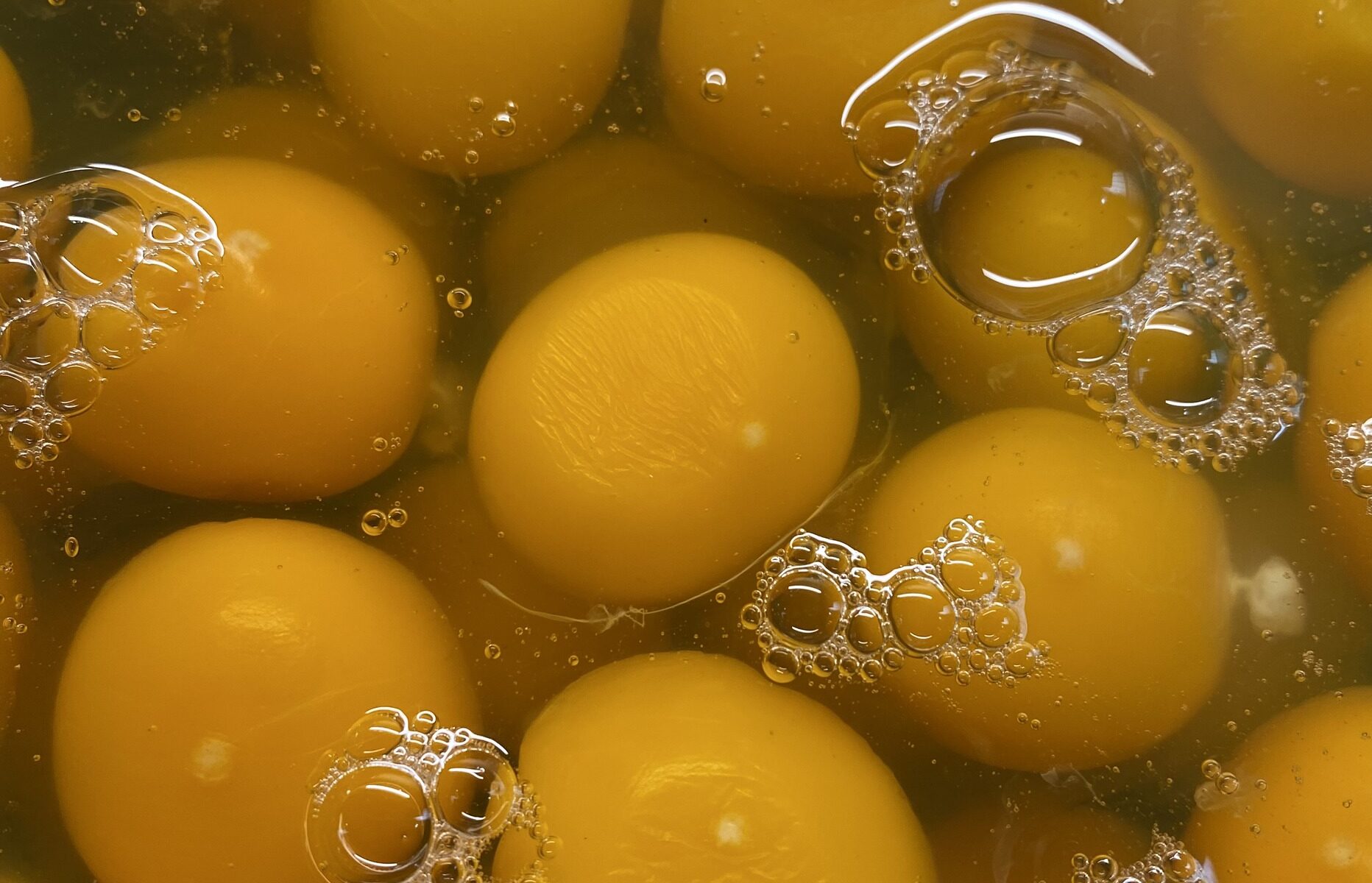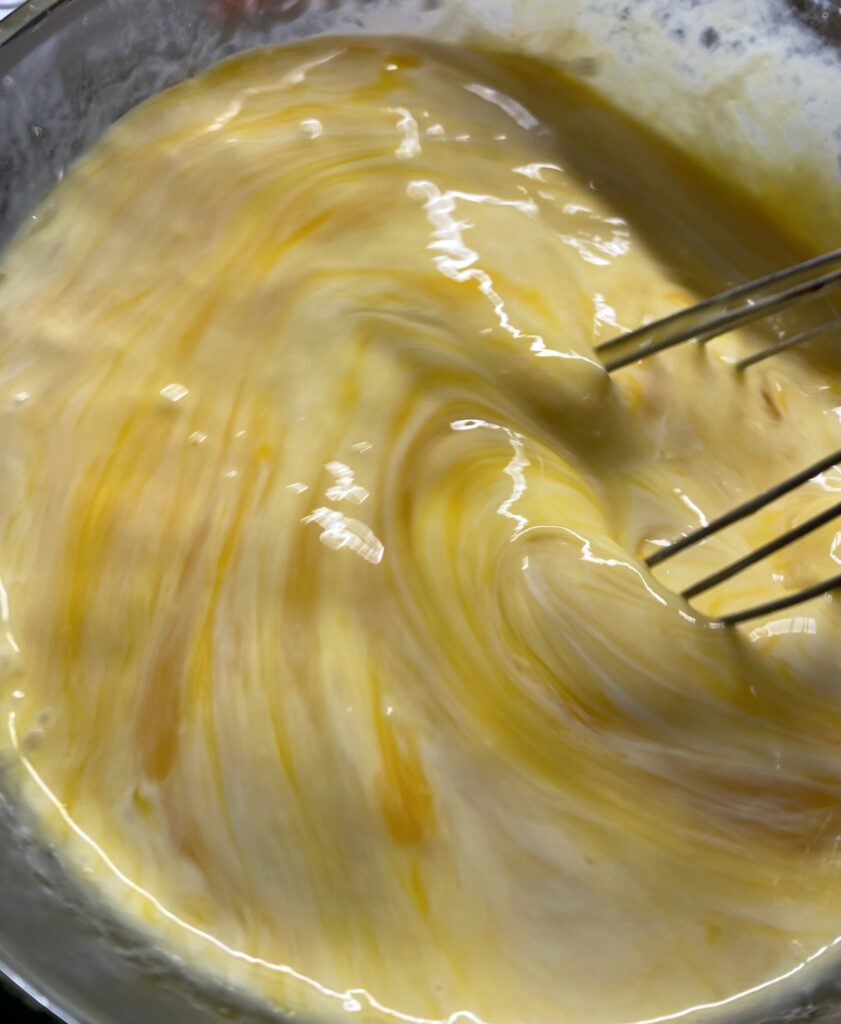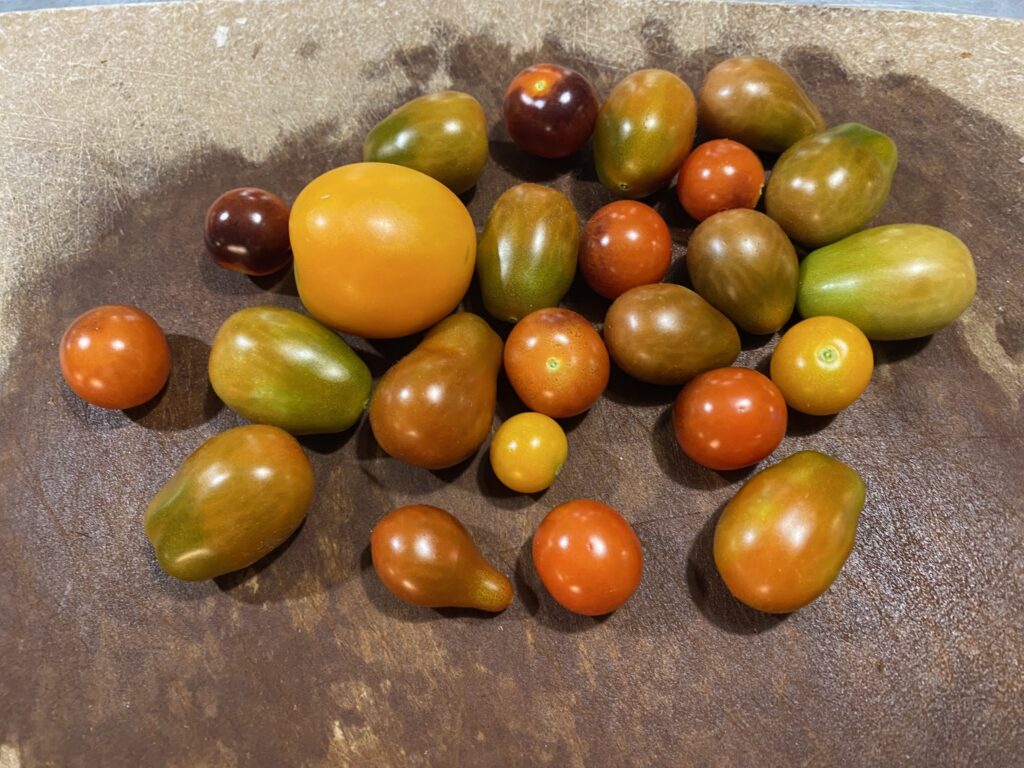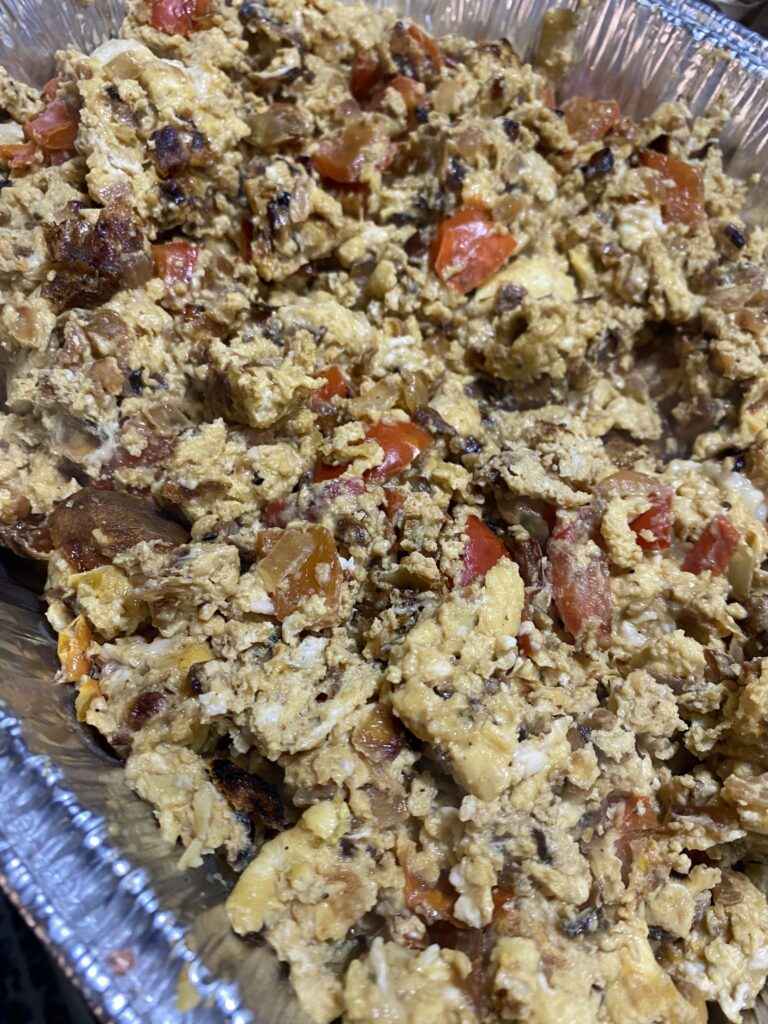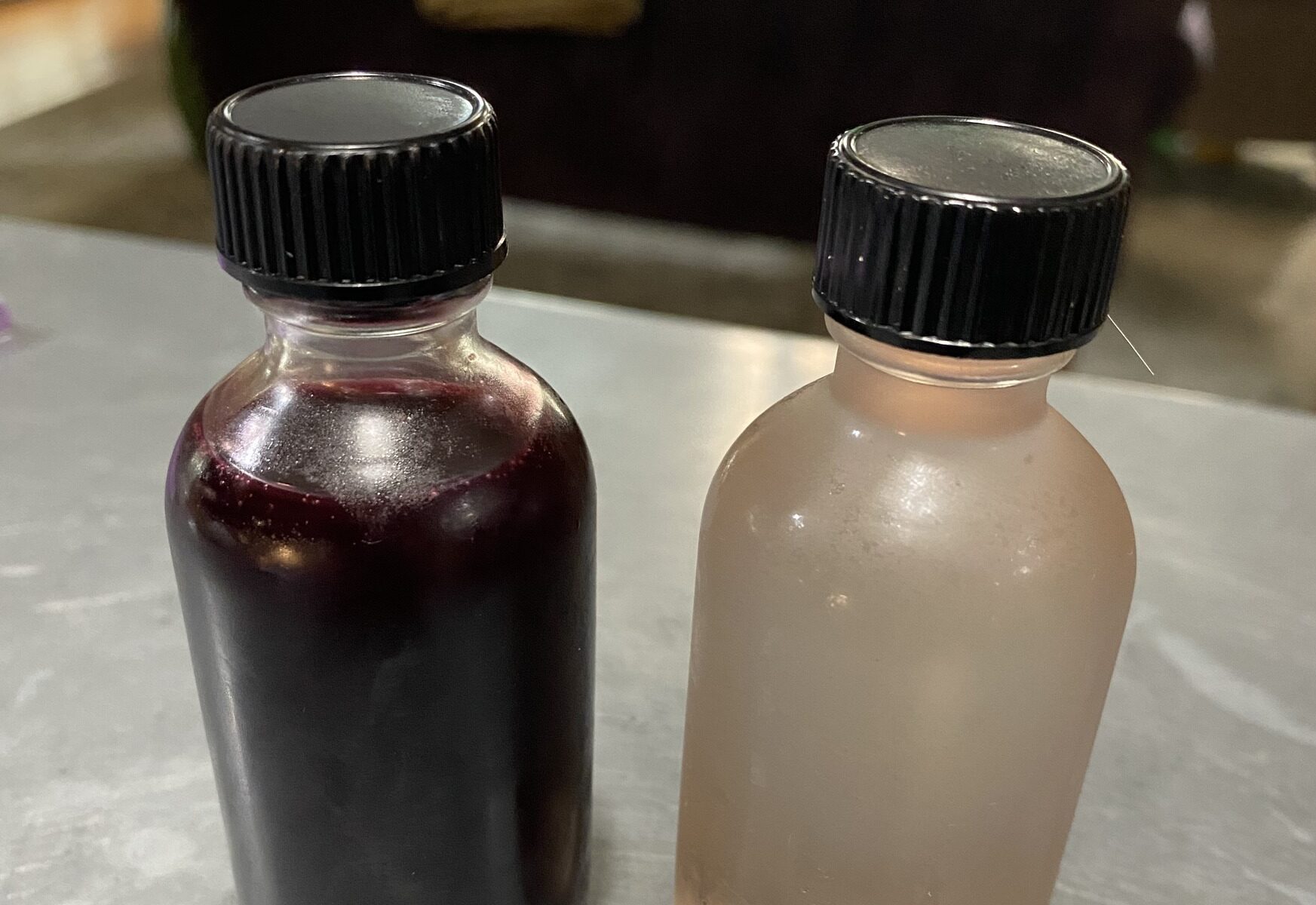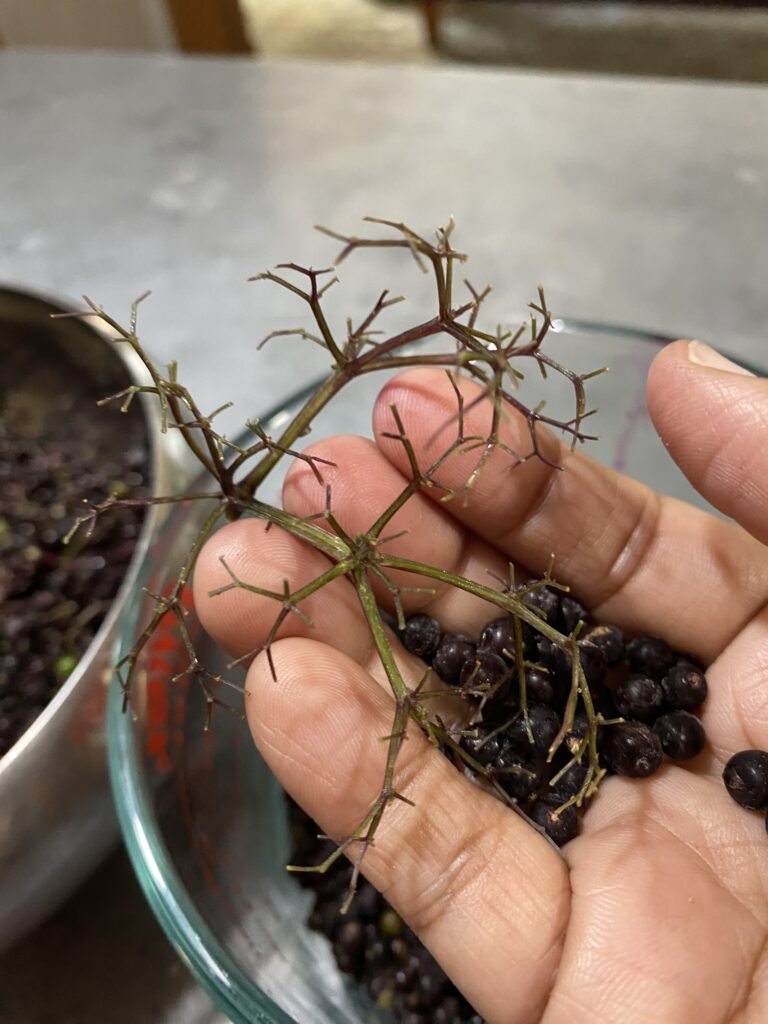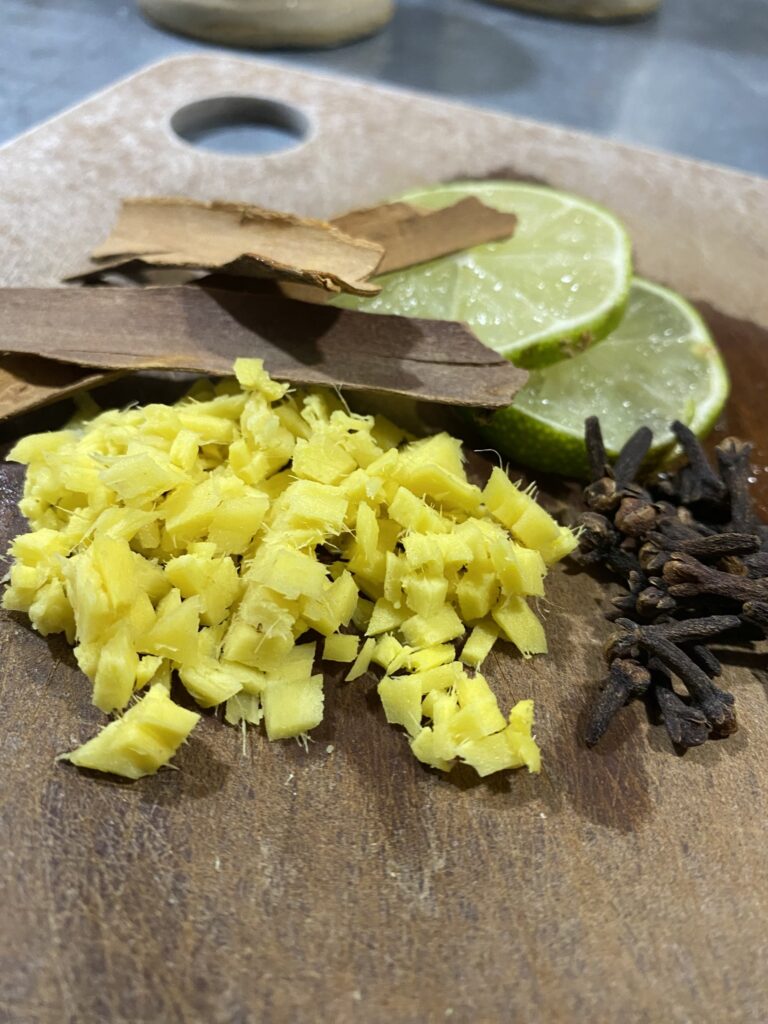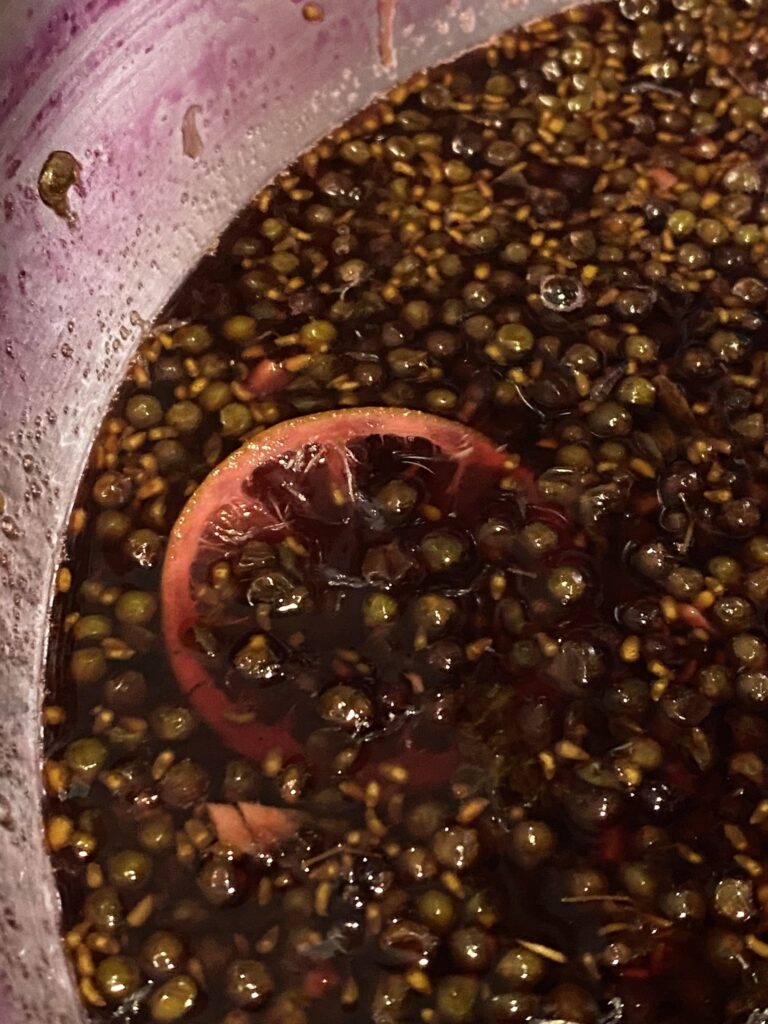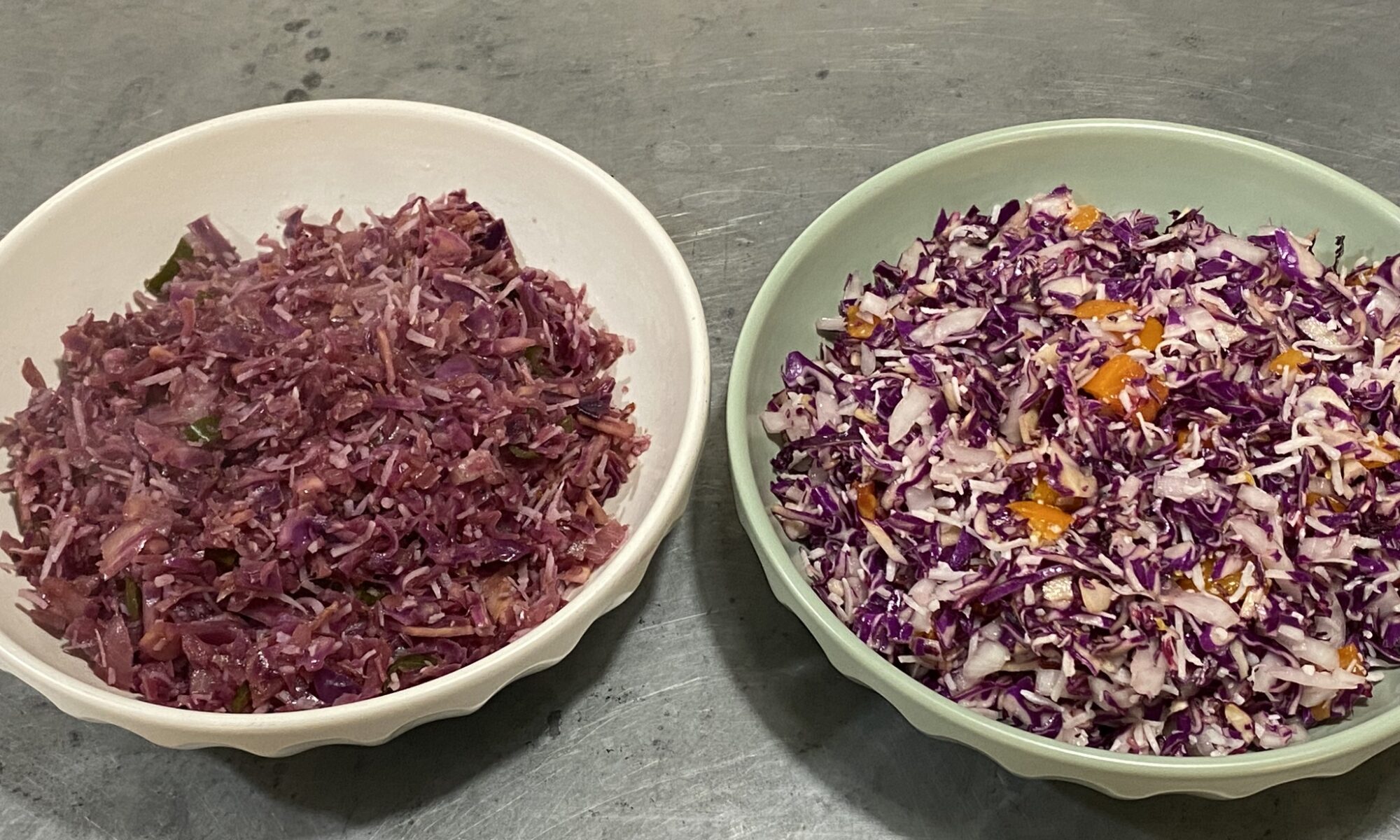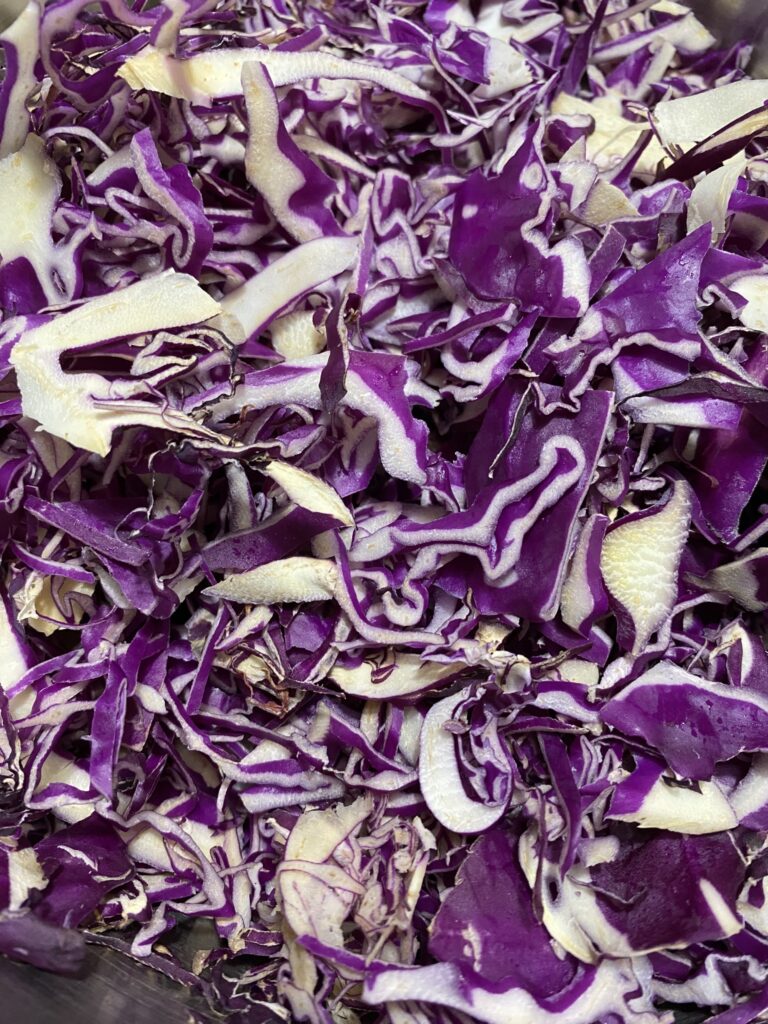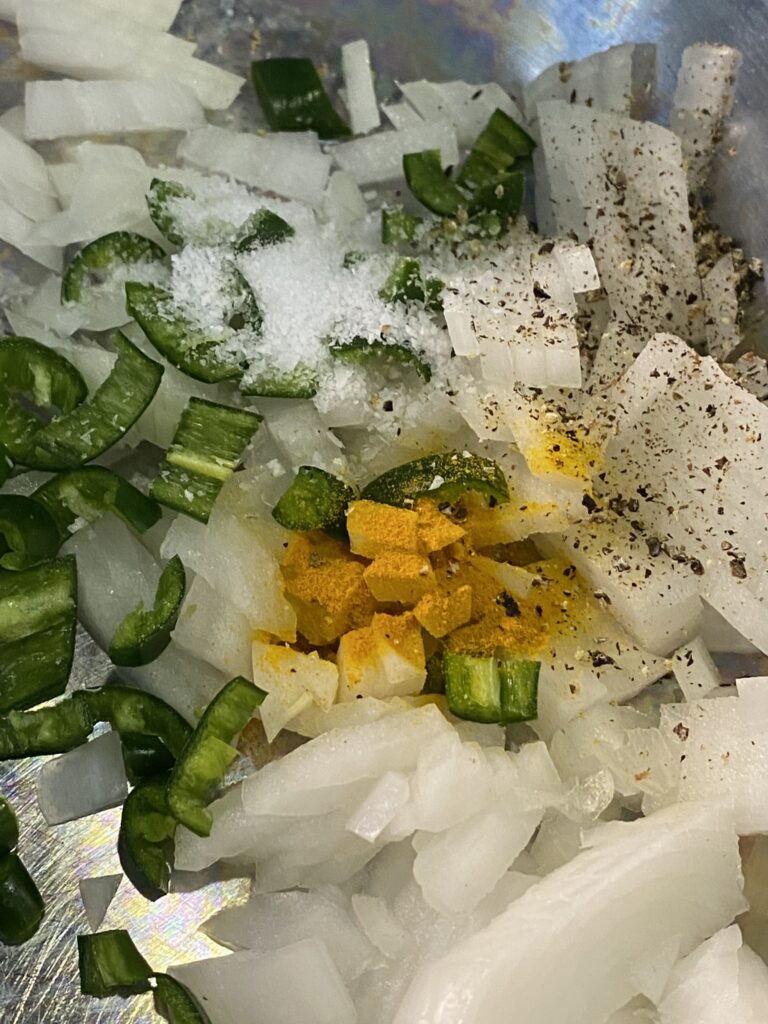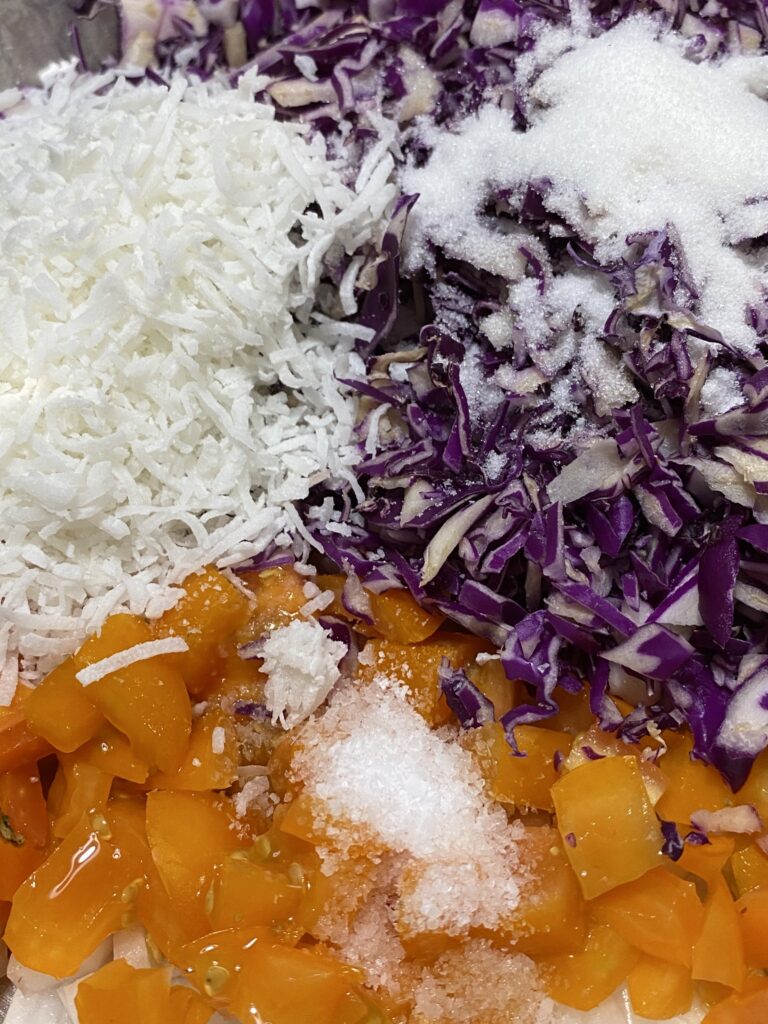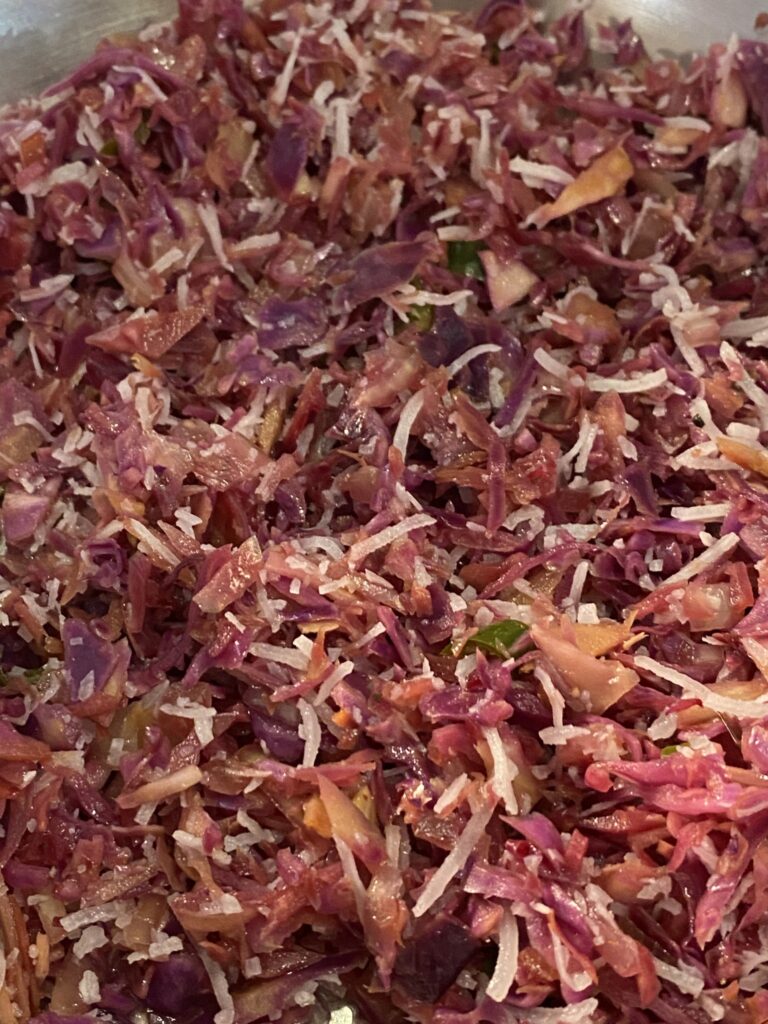Avocado Ice Cream with Chili, Salt, and Lime
I followed this recipe (https://chocolatecoveredkatie.com/avocado-ice-cream-recipe/) — but added 2 t. lime juice, 1/2 t. flake salt, and 1/4 t. cayenne. I really like the result, but I suspect a lot of people may be suspicious of avocado ice cream in general, and perhaps even more so with my additions! So, y’know, try at your own risk. If you don’t like it, more for me. ![]()
Served below with some tropical tinned fruit, which worked well! The recipe says you can use coconut milk instead of cream, which would make it vegan, but I didn’t try that, so can’t vouch for the results.
This Venezuelan Roast Chicken Is Really Delicious
The addition of a mojo (fragrant garlic & herb vinegar & lime sauce) as a final step takes it over the top.
Pollo A La Brasa Venezolano recipe here: https://mommyshomecooking.com/easy-venezuelan-roasted…/
Cooking for the Refugees Again
It’s funny how it really does help me motivate if there’s a new recipe for me to try; I guess that’s part of the ADHD thing. I am super-motivated by novelty. (It’s a good thing Kevin is willing to just make the black beans and rice for me every time, so I don’t have to trudge through that.)
The new dish this time was Venezuelan roast chicken, which I really like. I’m learning the flavors — not heavy on heat, it seems like, but lots of vinegar, lime, onion and garlic, oregano, cumin, parsley or cilantro. And they use green peppers a lot, which I don’t generally cook with (unless I’m making stuffed green peppers, which I do on occasion.)
Lots of the cooking technique is the same as what I’d normally cook, but the flavor profile is just different enough to make it interesting to me.
Pollo A La Brasa Venezolano recipe here: https://mommyshomecooking.com/easy-venezuelan-roasted…/
Step 1 for this dish was to chop up stuff, mix it, pulverize it in a food processor to make a marinade for chicken. The only tricky bit was multiplying the recipe by 6 (there are currently about 55 refugees at the station) — I had a moment when I wasn’t sure I had a big enough bowl. But it turned out I did have one giant metal bowl.
We’ve been cooking one meal about once a week for a month or so now, and I think we can mostly keep doing that through the fall. I’m hoping they can resettle these groups and get them into shelters before winter hits — if I were going to be cooking for them long-term, I imagine I’d invest in more restaurant-size cookware.
I just don’t see how it’s going to be feasible to have them still just waiting in front of the police station once Chicago gets into the really bad weather. As it is, I think they’re going to need more than one flimsy pop-up tent pretty soon. ![]()
(Again, locals, if you’d like to join the meal train, let me know, and I’ll put you in touch with the organizer.)
When You Have Good Curry On Hand
Gods, I love when I have a good curry on hand — makes my life so much better. Made Sri Lankan black pork curry this weekend, intensely flavored with vinegar and black pepper, and have been happily eating it paired with red cabbage sambol and a mix of red and white rice (red rice has a lower glycemic index than white, and I like the taste of the blend).
It uses quite a bit of black pepper, so I usually keep some ground (using the coffee grinder that I use as a spice grinder) on hand for this. I was out, so I ground up another batch. I love the Penzey’s Tellicherry black peppercorns flavor.
Recipes:
https://serendibkitchen.com/2021/11/06/black-pork-curry/
https://serendibkitchen.com/…/sri-lankan-red-cabbage…/
Sunday Evening Snacks
Sunday evening, Kavi and I were studying together — I was prepping my syllabi, and she was doing homework. Kevin brought us study snacks. ![]() Not visible but also on that cutting board, fresh mozzarella and prosciutto.
Not visible but also on that cutting board, fresh mozzarella and prosciutto.
Perico
I didn’t have a lot of time to cook for the refugees this weekend, so only one experimental new recipe — we’d signed up for breakfast, so I made Venezuelan scrambled eggs, known as perico, cooked with onion, pepper and tomato. Very similar to scrambled eggs I’d make for myself and the family.
It was interesting making it in such large quantities, though. I felt like I was cracking eggs for a ridiculously long time. ![]()
Tastes Like It’s Good for You
Spent a little time this weekend making elderberry syrup, which is supposed to be a tonic for colds and such. It’s a little bitter until you sweeten it with honey, but it does taste like it’s good for you. ![]()
One tip I found said to freeze the berries before trying to remove them from the stems, and that definitely made it much easier to pop them off without making a big mess. Last pic is elderberry syrup and elderflower syrup. Would be amusing to serve paired ice cream scoops made with those. ![]()
Sri Lankan Red Cabbage Two Ways: Varai and Sambol
Red Cabbage Varai /
Muttaikoss Varai
(15-20 minutes, serves 8.)
Sweet, firm, rich with coconut.
8 oz. cabbage
1 medium onion, minced
2 fresh green chilies, seeded and chopped
¼ rounded tsp. ground turmeric
¼ rounded tsp. freshly ground black pepper
1 rounded tsp. salt
2 T lime juice
½ cup shredded unsweetened coconut
1. Shred cabbage finely. Wash well, drain, and put into a large saucepan. Don’t worry about drying the water clinging to the cabbage—you actually want that water to help steam the cabbage.
2. Add all the other ingredients except the coconut. Cover and cook gently until cabbage is tender, stirring periodically.
3. Uncover, add coconut, stir well, and when the liquid in the pan has been absorbed by the coconut, remove from heat. Allow to cool before serving.
*****
Red Cabbage Sambol
(10-15 minutes, serves 8.)
8 oz. cabbage
1 medium onion, minced
1 cup shredded unsweetened coconut
1-2 cups cherry tomatoes, chopped
juice of 2 small limes (about 2-3 Tbsp.)
1-2 Tbsp. sugar
1 tsp. fine salt
1. Shred cabbage finely (by hand or in food processor).
2. Add onion, coconut, tomato, lime juice, sugar, salt. Mix thoroughly.
Note: This can be served immediately, but best if allowed to sit and blend for an hour or so. It will keep in the fridge for a good week — refresh with a little extra lime juice as needed.
*****
Starting the Morning With Cooking
I had some red cabbage leftover from cooking for the Venezuelan refugees (making an entire half-tray of cabbage slaw for 40 only used up half a cabbage!), so I thought it would be a good time to experiment with it a little for Sri Lankan cooking.
I’d tried using red cabbage before, in a varai, which is a lightly cooked vegetable dish, but my beautiful red cabbage turned blue-grey, thoroughly unappetizing. I was so sad.
But I went and researched, and it turns out there’s a simple fix — add some acid. Vinegar, lemon juice, lime juice will all work, and lime juice is common in our recipes, so that seemed like the natural option. I added 2 T of lime juice to the dish, and look, it’s a lovely purple now. ![]()
![]()
![]()
*****
I also thought it was worth trying cabbage in a sambol (which doesn’t have heat applied), so I just substituted it into my kale sambol recipe, which is really Roshani‘s Aunty Indranee’s kale sambol recipe, and it worked beautifully, I think.
I’m going to make a pork curry next, and I think both of these would be terrific accompaniments for that. I’ve portioned some out into storage bags and put them in the freezer — I’m curious to see if they’ll freeze well. I suspect the fresh tomatoes will get a little sad, and if I were actually going to make a batch of cabbage sambol for freezing, I’d wait to chop and add the tomatoes as a last step after thawing the sambol.
But aside from that, I *think* this may work okay, in which case, it’d be a great way to make it easier for me to get some nice fibrous veggies into me — I like lots of vegetable dishes, but I get lazy about cooking them, and will often default to just a meat curry and rice or bread. (These are also really cheap dishes, which is particularly nice now that the price of groceries has gone up so much…)
If I can make a big batch of cabbage and freeze it (maybe portioning it out), I think it might make it easy to grab and add on nights when I’ve made a curry? We’ll see how it does freezing — I’m not sure how long give it for a good test, though. Will a day or two be enough, or should I give it a week or a month?
Recipes in next post!
